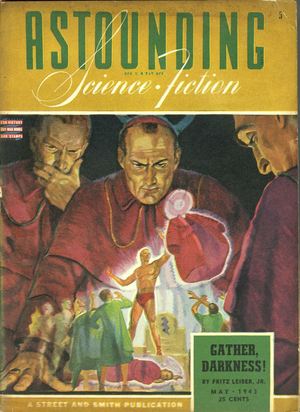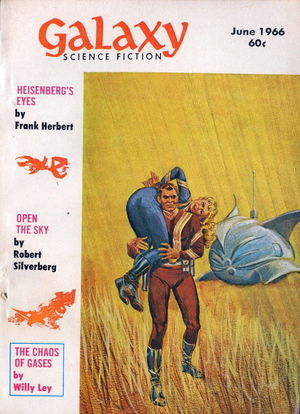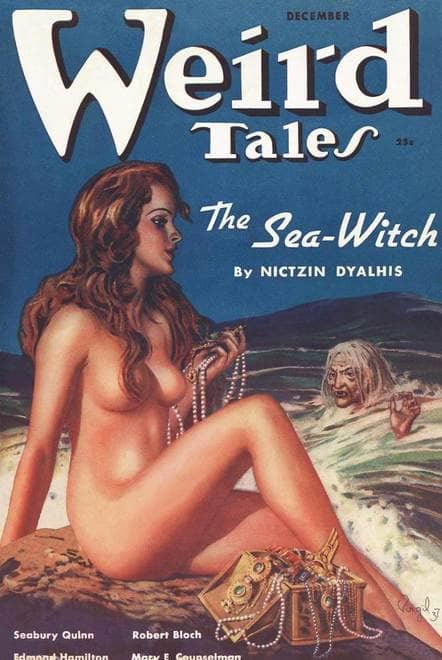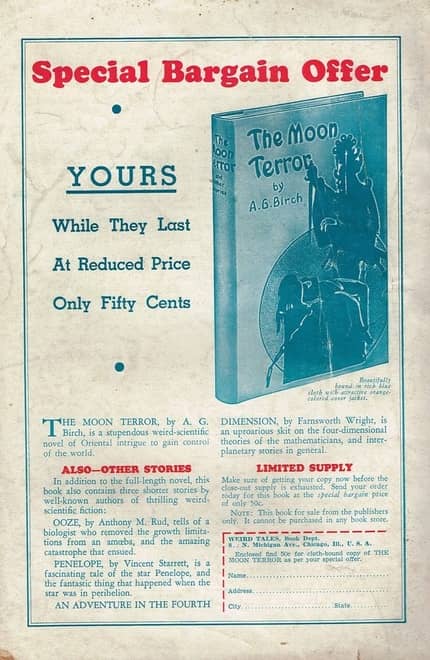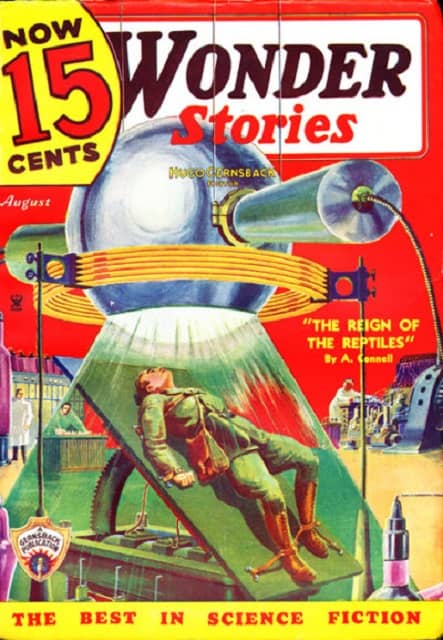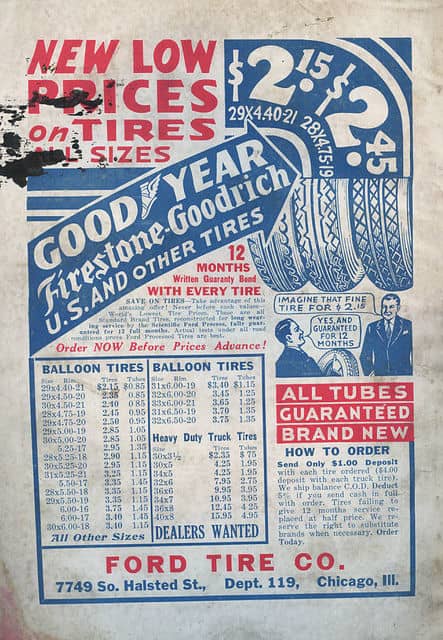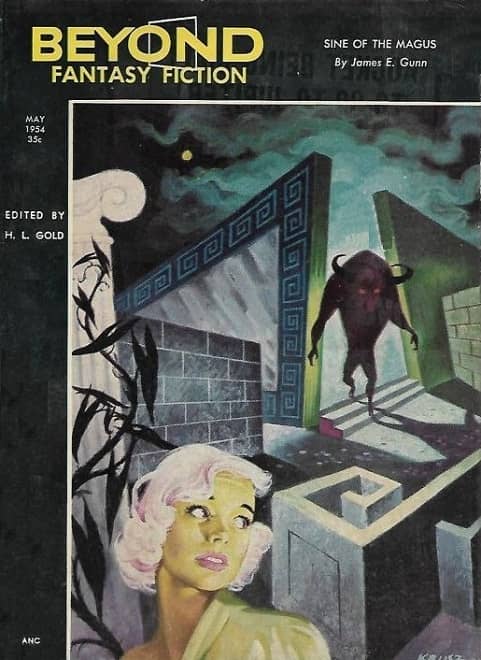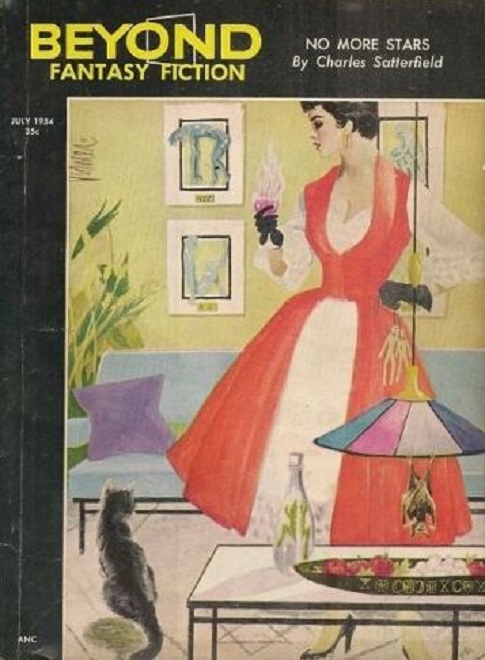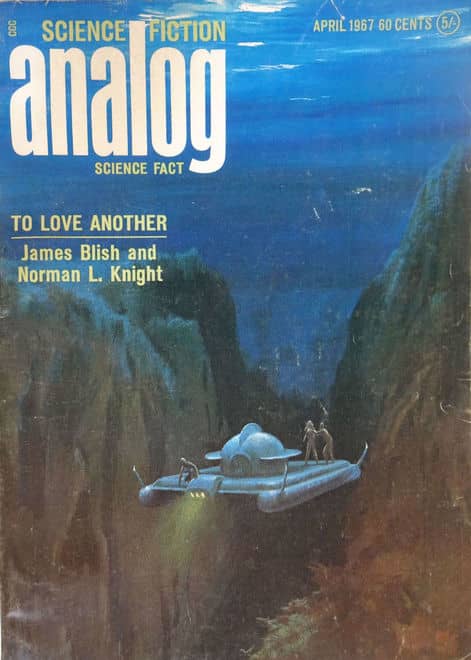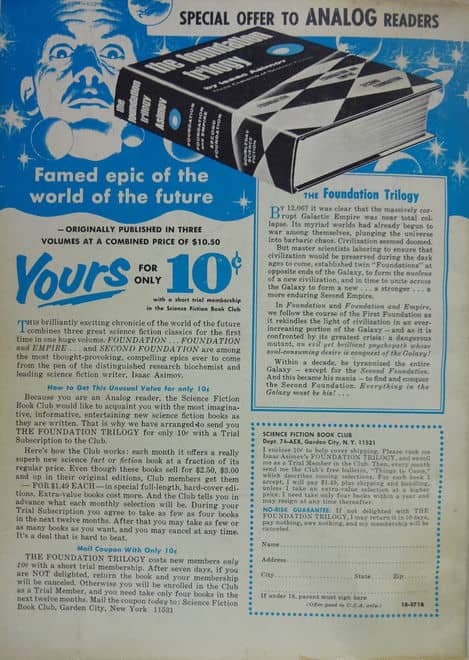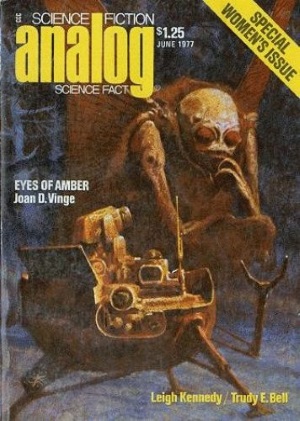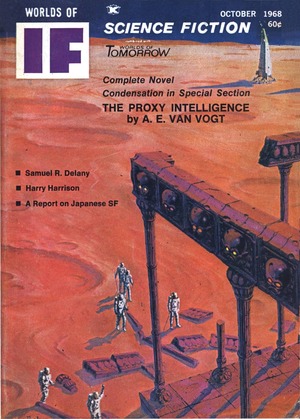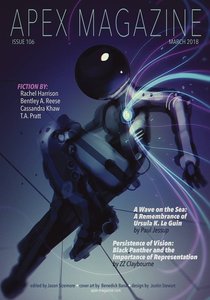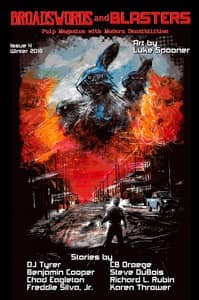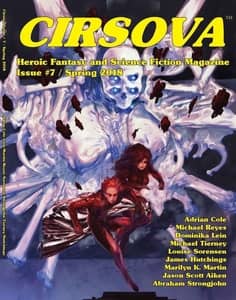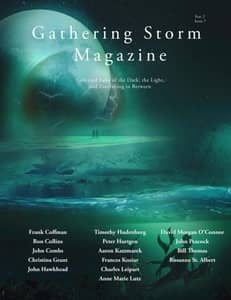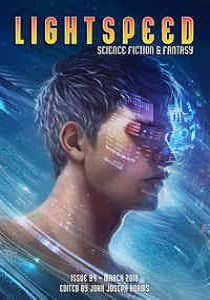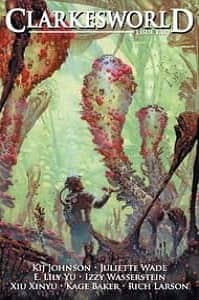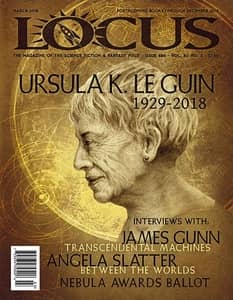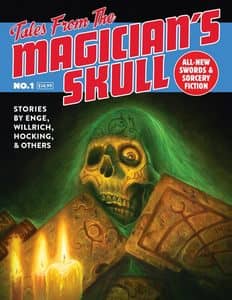Birthday Reviews: Barrington J. Bayley’s “The Way into the Wendy House”
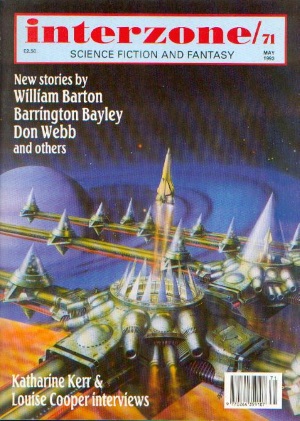
Barrington J. Bayley was born on April 9, 1937 and died on October 14, 2008. He often collaborated with Michael Moorcock, and the two variously used the names James Colvin and Michael Barrington for their joint projects. He also used the solo pseudonyms John Diamond, P.F. Woods, and Alan Aumbry.
Bayley won the 1996 BASFA Award for Short Fiction for “A Crab Must Try.” He won the Seiun Award for Best Translated Long Story for Collision Course, The Zen Gun, and The Garments of Caean. The Zen Gun was also a Philip K. Dick nominee. His story “Tommy Atkins” was also nominated for the BSFA Award.
“The Way into the Wendy House” appeared in the May 1993 issue of Interzone, whole number 71, edited by David Pringle and Lee Montgomerie. It has not been reprinted. The story is not only an example of recursive science fiction, but also incorporates Bayley as a character in his own right.
The narrator of “The Way into the Wendy House” is a snob who sits in a pub and reads science fiction novels, imaging himself more intelligent than the boors who inhabit the out-of-the-way village of Donnington. Against his will, he is drawn into conversation with Alan. Alan turns out to be highly educated, although the narrator can’t understand why Alan would not only want to live in the village, but revel in conversing with those the narrator feels are beneath him.
